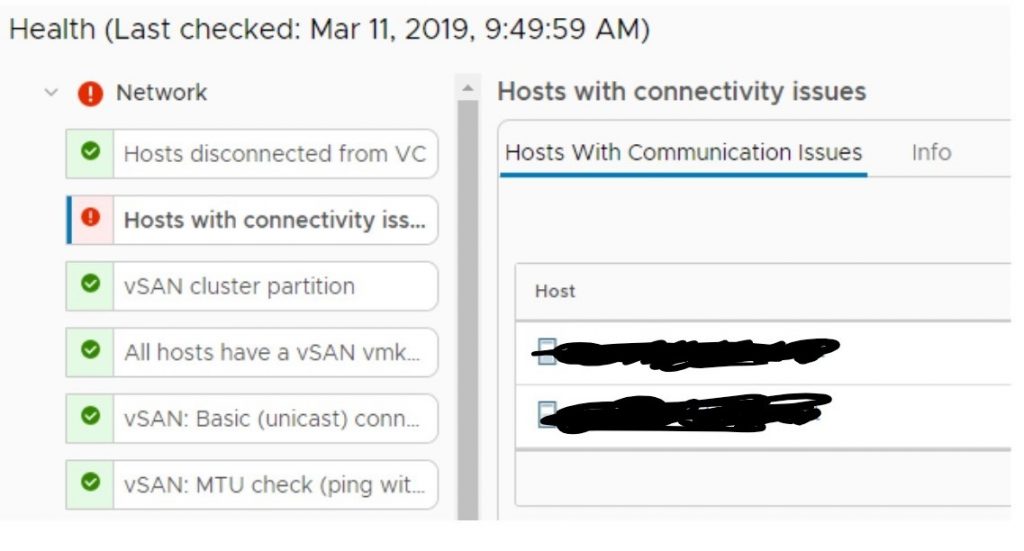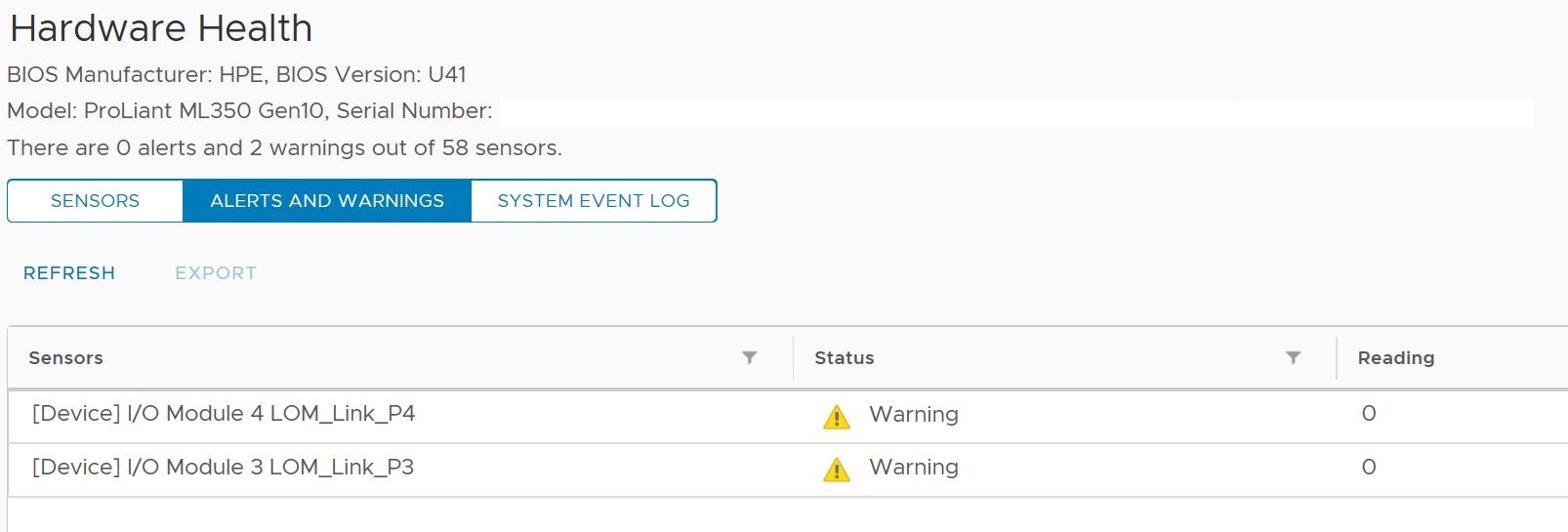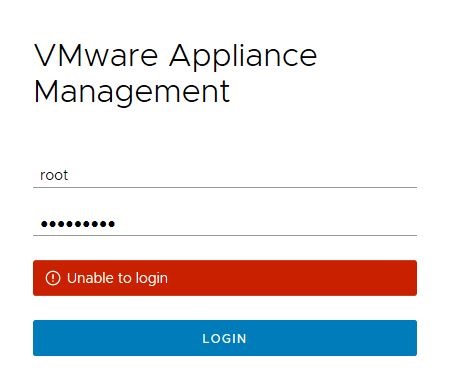I’ve just seen this in the release notes for VMware vCenter Server Appliance 6.7 Update 1b:
Removing a virtual machine folder from the inventory by using the vSphere Client might delete all virtual machines
In the vSphere Client, if you right-click on a folder and select Remove from Inventory from the drop-down menu, the action might delete all virtual machines in that folder from the disk and underlying datastore, and cause data loss.
This issue is resolved in this release.
I’ve just checked this in my lab on the 6.7 U1b release – when I delete a VMfolder with a VM inside – the VM gets removed from inventory but not deleted on the datastore!
If I delete a VMfolder containing a VM, in vCenter 6.5 the VM gets deleted in the datastore!
Be careful when deleting virtual machine folders!








